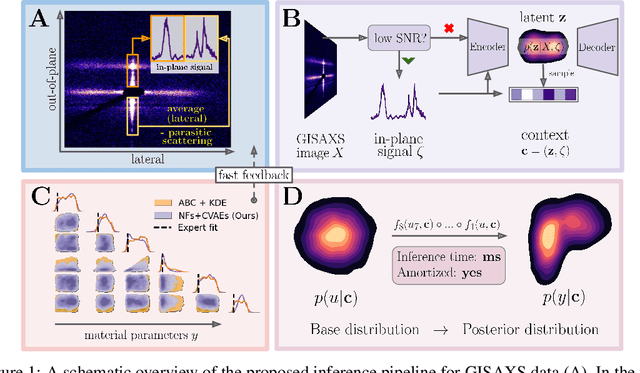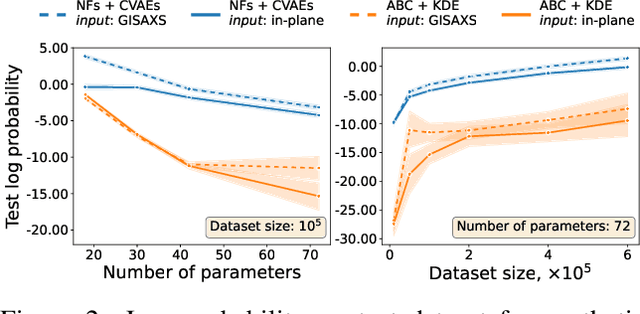Christian Gutt
Application of machine learning in grain-related clustering of Laue spots in a polycrystalline energy dispersive Laue pattern
Dec 16, 2024Abstract:We address the identification of grain-corresponding Laue reflections in energy dispersive Laue diffraction (EDLD) experiments by formulating it as a clustering problem solvable through unsupervised machine learning (ML). To achieve reliable and efficient identification of grains in a Laue pattern, we employ a combination of clustering algorithms, namely hierarchical clustering (HC) and K-means. These algorithms allow us to group together similar Laue reflections, revealing the underlying grain structure in the diffraction pattern. Additionally, we utilise the elbow method to determine the optimal number of clusters, ensuring accurate results. To evaluate the performance of our proposed method, we conducted experiments using both simulated and experimental datasets obtained from nickel wires. The simulated datasets were generated to mimic the characteristics of real-world EDLD experiments, while the experimental datasets were obtained from actual measurements.
Amortized Bayesian Inference of GISAXS Data with Normalizing Flows
Oct 04, 2022



Abstract:Grazing-Incidence Small-Angle X-ray Scattering (GISAXS) is a modern imaging technique used in material research to study nanoscale materials. Reconstruction of the parameters of an imaged object imposes an ill-posed inverse problem that is further complicated when only an in-plane GISAXS signal is available. Traditionally used inference algorithms such as Approximate Bayesian Computation (ABC) rely on computationally expensive scattering simulation software, rendering analysis highly time-consuming. We propose a simulation-based framework that combines variational auto-encoders and normalizing flows to estimate the posterior distribution of object parameters given its GISAXS data. We apply the inference pipeline to experimental data and demonstrate that our method reduces the inference cost by orders of magnitude while producing consistent results with ABC.
 Add to Chrome
Add to Chrome Add to Firefox
Add to Firefox Add to Edge
Add to Edge